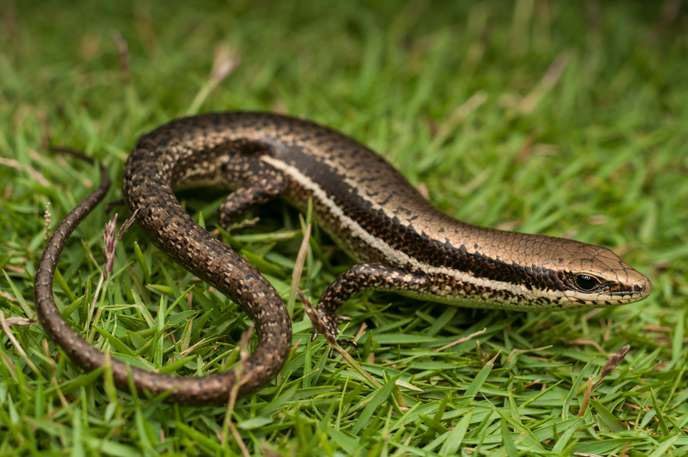Endothermic animals, or cold-blooded animals (Endothermic Animal), derive from the Greek word “Endo,” meaning “inside/internal,” and “therm,” meaning “temperature.” The term Endothermic Animal is a technical term used to describe organisms that maintain their body temperature entirely based on their surrounding environment.
Mechanism of Operation
Cold-blooded animals typically generate heat through metabolic processes. In harsh environmental conditions, they often employ special mechanisms to survive. Cold-blooded animals have a significantly larger number of mitochondria compared to warm-blooded species, allowing for an accelerated metabolism of fats and sugars. Thus, to maintain their existence, they require food intake double that of warm-blooded animals, which helps improve their metabolic processes.

Cold-blooded animals adapt quite well to changes in external temperatures.
In nature, species such as snakes and lizards temporarily lower their body temperature to closely match the surrounding temperature to conserve energy. Biologically, this state is similar to a state of “torpor,” but if prolonged and cyclical, it becomes a hibernation process. Smaller animals like hummingbirds significantly reduce their daily activity time to maintain body temperature. Humans belong to the group of warm-blooded animals, but when we sleep, our metabolic rate decreases, and our body temperature drops by about 1°C. In the human body, the brain generates about 16% of total heat, and approximately two-thirds of the heat produced comes from respiration and other metabolic processes of internal organs.
Classification Methods
Similar to warm-blooded animals, cold-blooded animals can also be divided into three categories: Endothermic Animals, Ectothermic Animals, and Slow Metabolic Animals.
- Endothermic Animals are organisms that can maintain their body temperature within a wide temperature range.
- Ectothermic Animals are significantly affected by external environmental factors, such as sunlight, wind, and snow, particularly the heat generated from the Sun.
In contrast to fast-metabolizing warm-blooded animals, slow metabolic animals are often those that hibernate when the external temperature drops significantly for extended periods. Notable examples include bears, Poorwill birds, red-eared turtles hibernating underwater, and the axolotl.
The clear advantage of cold-blooded animals is that they adapt quite well to changes in external temperatures. Additionally, cold-blooded animals possess a robust immune system against skin-related diseases, especially in mature individuals. Temperature changes represent an evolutionary advantage for these organisms.
Since cold-blooded animals utilize a lot of energy for metabolic processes, this results in a higher food intake requirement, and their daily activity time is limited, heavily dependent on sunlight. When foraging, they tend to prioritize waiting for prey to fall into traps rather than actively chasing, which would expend too much energy.




















































